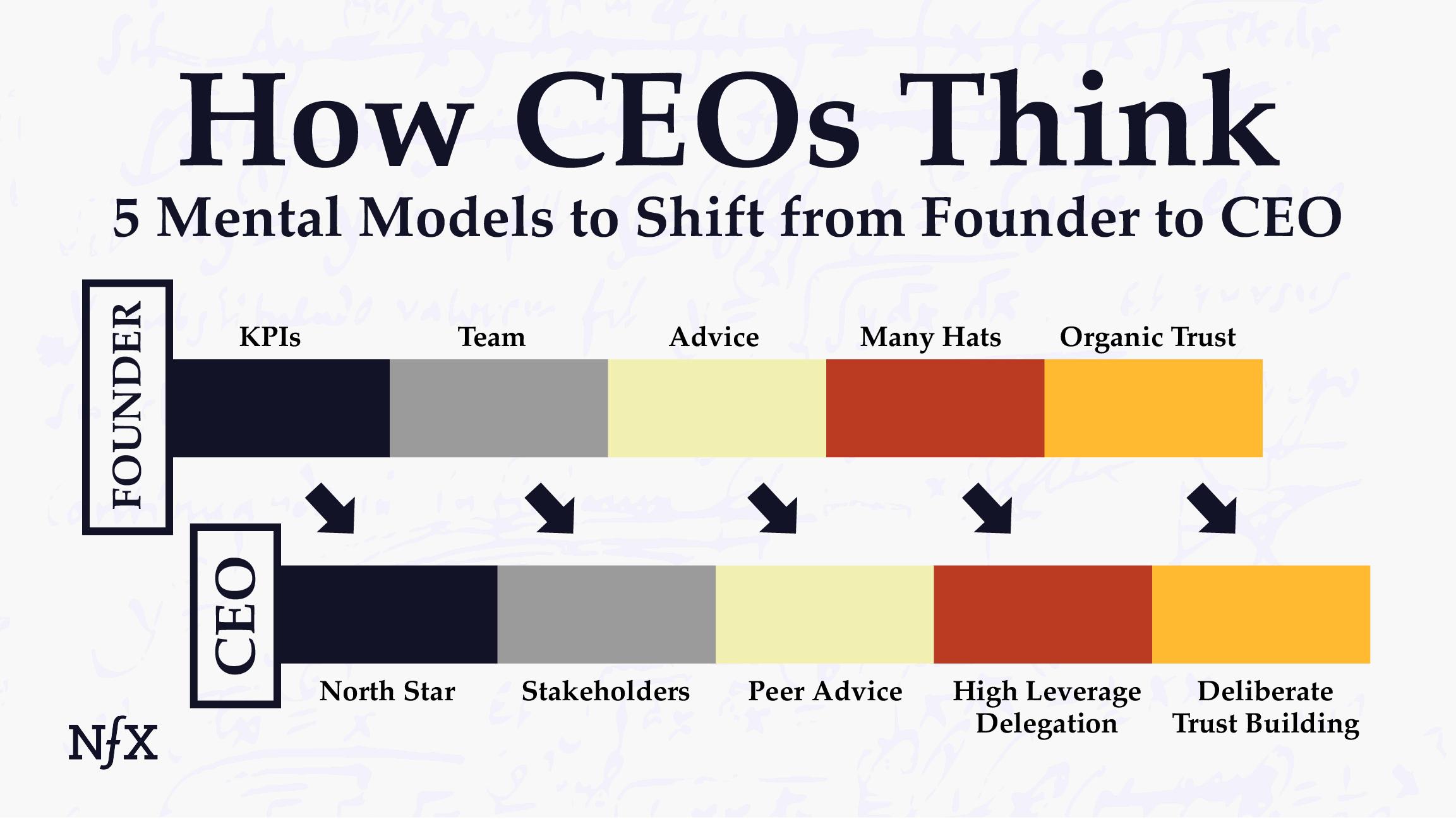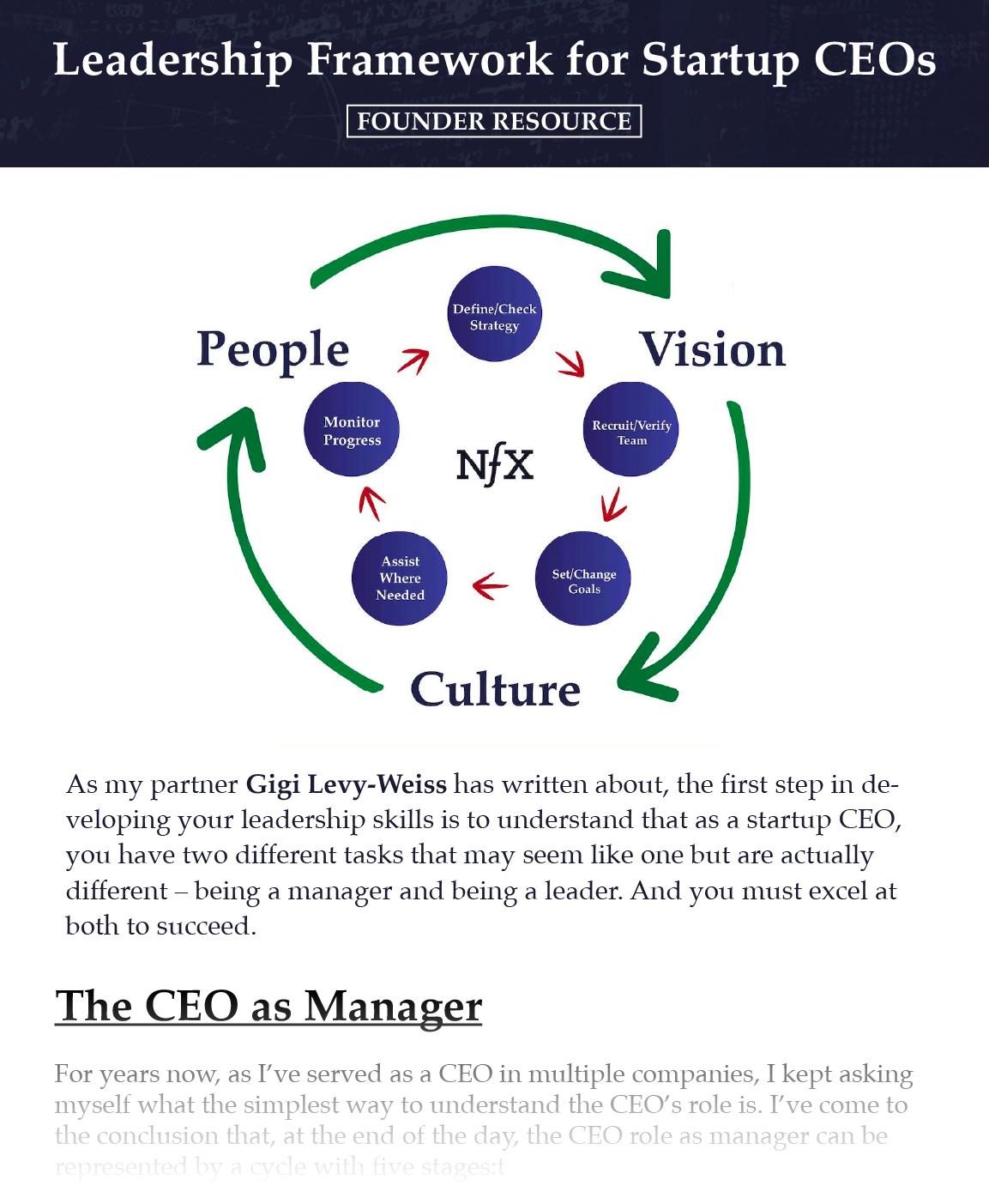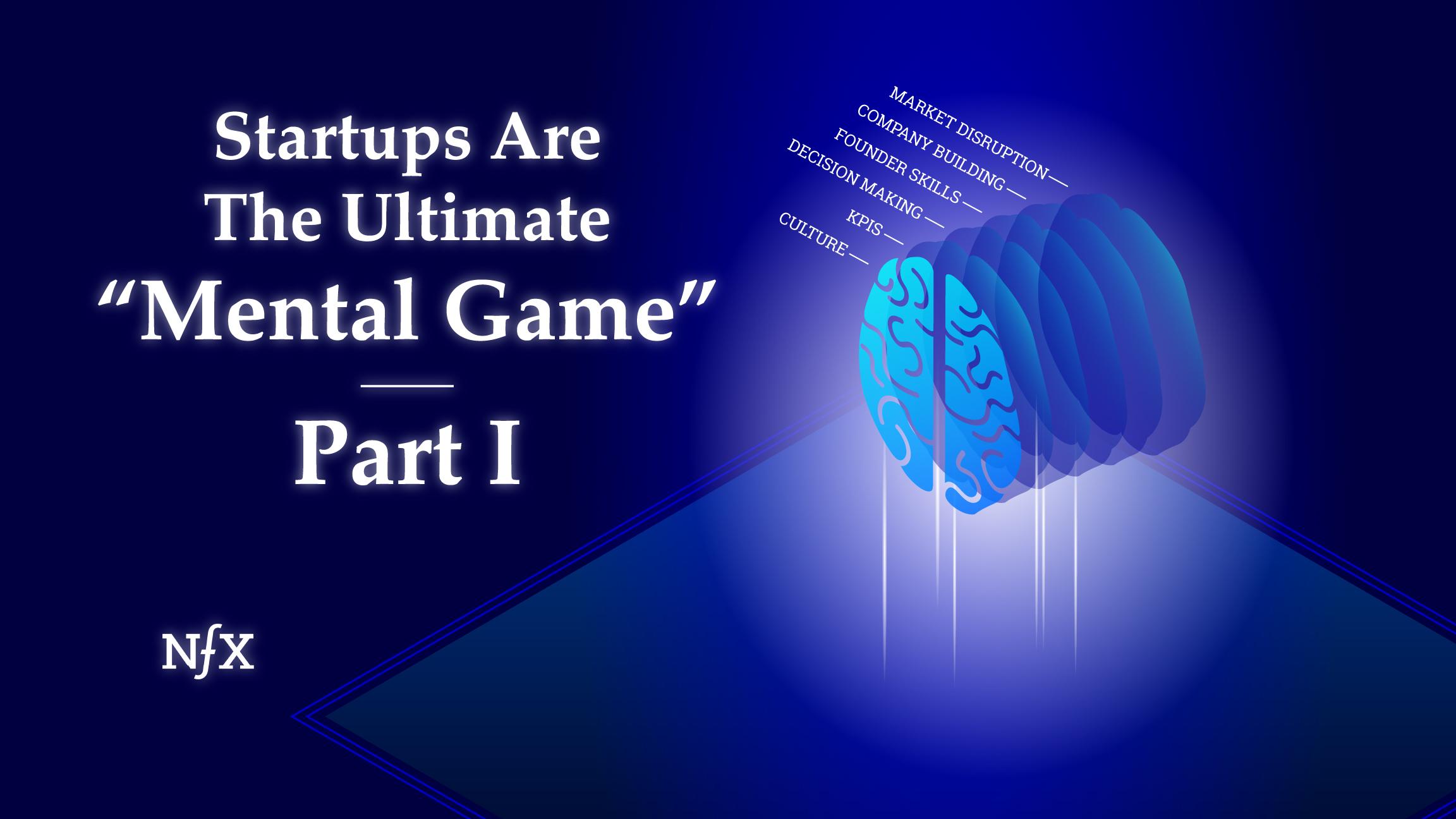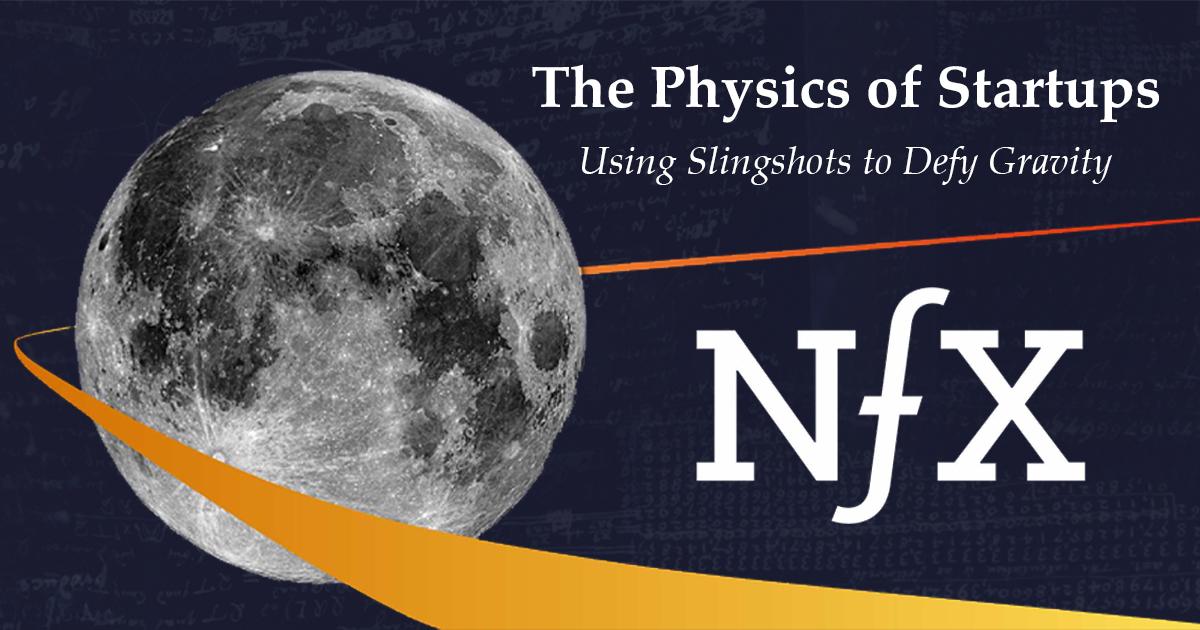

Now that I am an early-stage investor, I am often asked about my journey from Founder to CEO at Trulia. How did I navigate the transition from the early days of building a product, to the later days of managing an organization of 1000+ employees? How does one transform himself or herself from being an individual contributor or product manager, into a successful company leader at scale?
Founders know that as their companies change and grow, so too will their own roles, responsibilities, and opportunities for leadership growth. They want to know what’s next and how to mentally prepare for it.
In my experience, if you’re a Founder of a company that reaches real scale, there are two distinct phases you go through. Phase One (which is the Founder phase) is all about building a great product and finding clear product-market fit. Phase Two (which is the CEO part of your journey) is about building an enduring, sustainable company.
Having taken Trulia from idea to IPO to $3.5B merger with Zillow, I want to share 5 pivotal mind shifts you will need to make in order to successfully transition from Founder to CEO… and beyond.
Why Founders Make the Best Long-Term CEOs
First, let’s dispel the myth that Founders do not make great CEOs. At NFX, we strongly believe that the core skills required to be a great product manager are fundamentally the same ones you need to lead a company. What is rarely brought to light, though, are mental models that these “product-Founders” use to transition to successful “Founder-CEOs.” There is a large delta between the two, and it’s often the highest leverage point for taking your startup to the next level. In order to make this transition successfully, there are some key changes you need to make within your own mindset.
Mind Shift 1: Pick A Clear North Star
The term “North Star metric” is usually used in the context of picking KPIs, but it has a broader meaning. It’s about understanding what one thing you’re trying to achieve so that you won’t be distracted or led astray when things get tough or when there’s pressure from different constituencies of your company to change course.
Your North Star is often defined by which of the different groups of stakeholders in your company you consider most crucial to the success of your company. You can’t do everything, and you can’t make everyone happy, and as a company, you need to manage and prioritize with limited resources. You need to identify the highest leverage constituency and choose your North Star based on what creates the most value for them.
It’s an important choice to make as early as possible because it can decide the fate of your company. For example, when we first launched Trulia, it was clear that all the other online real estate sites at the time prioritized real estate agents as their number one constituent. We thought that was a mistake, and instead, we prioritized customers — people looking to buy and sell homes. So our North Star became the customer experience. This guided everything we did, from the product choices we made to how we assigned resources internally and helped set us apart from the incumbents.
Amazon is a great example of how having a clear North Star can help you stay the course as you scale. There was a time in Amazon’s history, early in its life as a public company, when it was under pressure from shareholders to be more profitable. Instead, they invested heavily in growth and customer experience, building the warehouse and logistics infrastructure which has led them to become the logistical behemoth they are today.
Jeff Bezos, in that instance, ignored shareholders and consistently focused on delighting his consumers. He knew his number one constituent, and that gave Amazon their clear North Star direction for what to do — deliver goods quickly, reliably, and as cheaply as possible.
It may seem obvious or easy to pick and adhere to a North Star, but in practice, it isn’t. Some of the most successful approaches are very polarizing. As with building exceptional products, if you try to please everyone, you will end up pleasing no one. Tightly define your north star as early as possible as a Founder, and try hard to stick to it as you and your company grow.


Mind Shift 2: Deeply Understand Your Multiple Constituents
In the earliest stage of a startup, while you’re focused on working with your co-founders or hiring a team to build an MVP and bring it to market, you only really have one constituent to think about: your employees. If you don’t have employees, you don’t have a company. Your focus at this stage is on defining a mission and a startup culture that your whole team can be excited about.
But soon you’ll begin to attract your first customers, and your first investors won’t be long to follow after that. To complicate things, you get different types of customers as you grow — consumers, SMB, enterprise, supply and demand — each with their own needs and incentives.
Although step one is to identify and focus on your number one constituent in setting your North Star, step two is to go beyond that and develop a deep understanding of who all your constituents are — what their needs and incentives might be, and how to manage their competing demands. This is a critical part of learning to lead an organization at scale and shifting your mindset from that of a Founder to a CEO.
Fortunately, one of your biggest jobs as a Founder during Phase One will have been to figure out how to engage and retain customers in a scalable way. That’s what being a good product manager is about. Some of the same techniques you used to delight your customers can later be used to service other key constituencies — such as employees, advertisers, partners, and investors — as the organization grows.
To do this, you have to translate their needs into the appropriate metrics, product experiences, and processes, just as you did with customers to achieve product-market fit. At Trulia, we literally wrote down and stack-ranked the metrics, processes, and other needs required by each constituency. This became a scalable tool across the organization to help us make tough decisions as the number of constituents continued to grow.
As a startup, you are constantly making trade-offs. Every time you do something, you may satisfy one constituent and alienate another. In tough situations, you should constantly take the side of the most important constituents, but that’s by no means as easy as it sounds. Managing these trade-offs effectively — while still keeping your overall company culture intact — is a big part of the CEO learning curve.
Mind Shift 3: Seek Out Advice and Feedback
As a CEO, you need to be constantly learning and evolving. If a startup is a learning machine, then the CEO needs to be the standard-bearer of this philosophy.
The more advice you can get, the more mentors you can find, the more feedback you receive, the better. You need to be constantly learning and getting better at what you do.


In my experience, one of the best sources for mentorship is a peer. Certainly, mentorship from experienced CEOs and investors, supplemented by your own proactive learning from books, blogs, and essays, is necessary and foundational. However, I have found that peer mentorship unlocks unique and highly valuable insights and perspectives.
Learning how peers think about similar problems you are facing not only gives you up-to-the-minute techniques and relevant tactics but can also provide solace in reaffirming that you’re not alone in the otherwise lonely role of startup Founder. Startups, technology, and society move at such a blistering pace, you’ll want to be learning and sharing with other true practitioners on a regular basis. There’s simply no substitute.
Further, the advice and example from your peers can be both enlightening and inspiring, while also fueling your competitive fire.
Soliciting advice and mentorship, though important, is only half of the picture when it comes to learning and evolving as a CEO. Getting consistent feedback is the other half, and it’s sometimes more difficult to obtain because ego and power dynamics come into play.
As a CEO, you have to seek out and find the people within the organization who will give you straight feedback (typically other co-founders or leadership). You need to make yourself receptive to take the feedback on fully because there are some CEOs who hear criticism but don’t react or make any changes — which means they might as well not have heard it.
Understand that if people have the courage to critique you, then there are probably many more who feel the same way but aren’t voicing their opinions. Feedback is a gift, and while as we have noted above it’s impossible to please everyone, it is important to use the feedback you do receive as a learning opportunity to improve. Create environments and mechanisms that facilitate getting feedback like company AMAs, anonymous surveys, 360 reviews, etc.
As a leader, I’ve learned to listen to my community, which includes my team, and lean on them more. They’ve taught me to be a little less of a lone wolf in my leadership and to slow down. Particularly in times of crisis like right now, I’ve come to appreciate simplicity and how the pandemic has brought the plague of busyness to a halt. I’m making time for deep meaningful conversations with my own business heroes and constantly pushing myself to gain new perspectives.
As we were scaling Eventbrite, we took the time to build the right sustainable culture. As CEO, you can reinforce, but you cannot prescribe culture through company initiatives. The challenge is to recognize the positive aspects of the existing culture and spread them throughout the teams, turn them into the DNA of the company and hire accordingly. Our core values have always been associated with putting customers first, cultivating an ownership mentality and practicing accountability for even the smallest decisions. They have evolved as we’ve grown, but the spirit comes from the same place. Our culture remains rooted in the immense strength of the relationships that our employees have with each other and their commitment to delivering the best experience for our creators.
My focus as CEO is on continuing to cultivate a great company with creators at the heart of it. At the end of the day, if we can do what’s right by the nearly one million event creators who use our platform, Eventbrite can be the catalyst for more live experiences around the world — both in-person and online — to bring people together and fuel human connection. I think that’s incredibly powerful and our mission — bringing the world together through live experiences — is what keeps me inspired during the more challenging times.
– Julia Hartz, co-Founder and CEO of Eventbrite
I took a very proactive approach to my personal and professional development as I transitioned from Founder to CEO. There are three main areas I focused on:
1) knowledge and skills, 2) mental health, and 3) leadership.
For knowledge and skills, I cultivated a core group of current and former founders who I can reach out to anytime to discuss a problem or think through a strategy. I could text or email them at any time, and they’d respond the same day or we’d schedule time to chat. This network is comprised of my investors, CEOs in groups I’m part of like Leaders in Tech and Visible Figures, and CEOs in the portfolios I’m part of, including NFX, a16z, and Obvious CEOs. I’m also an avid reader of books from a range of industries, and listen/read a curated list of podcasts and blogs. By doing this set of actions consistently on an ongoing basis, and since Day 1, I’ve been able to continually expand my mind to new ideas and strategies, and learn well-established best practices too.
Regarding mental health, I focused on this because as Ben Horowitz said, the #1 job of a CEO is to manage his/her own psychology. Building a high growth startup is a grueling endeavor. I have a psychotherapist that I see regularly. I am genuine friends with a group of CEOs, and we’re able to empathize and support each other mentally. Regarding leadership, Carole Robin, and the Leaders in Tech program helped me evolve into a more empathetic and confident leader. I’ve also built a strong feedback culture at Incredible Health, where I consistently get feedback from the other leaders on my team.
– Iman Abuzeid, co-Founder & CEO of Incredible Health
Mind Shift 4: Learn to Leverage Your Time and Delegate
Early on, Founders have extremely limited resources. You get used to wearing many different hats as you fight to gain that initial traction. Because of this, you can grow accustomed to being involved in almost every aspect and detail of your startup.
Learning when and how to let go of this can be quite difficult. Founders used to rolling up their sleeves and getting involved on the front lines often find it hard to delegate and share responsibilities, even as their companies grow and their resources expand. This can create a vicious cycle of frustration from the highly capable people you’ve hired, who will struggle with the inability to move quickly if you end up serving as a bottleneck.
To scale any startup, you need to bring in leadership talent. Founders need to hire exceptional leaders to fill in gaps in their early team’s capability — leaders that they can trust to help scale the organization. Founders must develop incredible judgment in people, and invest the time in developing the leaders and executives they bring on so that they’ll be comfortable enough to let go and delegate real responsibility.
Beyond removing yourself as a bottleneck, this is also about finding a way to free up your time so that you can focus it on the highest-leverage activities. Founders are often inclined to spend their time building because they are builders by nature, but as an organization scales, the areas of highest leverage for founders will shift. Two of the highest leverage and often overlooked areas for high-growth CEOs are internal communication and recruiting. You have to learn to assign your limited time accordingly.
Finally, while it’s important to delegate many things as you scale, be mindful that you shouldn’t delegate everything. Specifically, don’t delegate all the unique things you do at your company that enabled you to be successful in the first place. For example, if you feel you have a unique ability to sell and engage with customers, keep engaging with your most important customers. If you feel you have a deep insight into the product, don’t skip product reviews.
Delegating is about leveraging your time to maximum effect, but if you’re particularly effective at something critical for the company, it’s okay to keep it in your hands.
Becoming a leader of leaders rather than merely a leader of a team requires a growth mindset, humility, and hard work. In a rapid growth situation, responsibilities outgrow capabilities. The CEO must recognize this is the case for all key leadership positions, including the CEO job itself.
I’m not saying everyone won’t scale (several senior execs at Zillow today were part of the founding team and even worked with me at Expedia prior to Zillow,) some will — but many will not. The whole team must hold hands and realize this as your startup crosses the Dunbar Unit size of ~150 people. Leaders’ responsibilities will get subdivided, and successful teams do this without drama.
Leaders will need to be up-leveled and supplemented with outside talent. Founder/CEOs who are not able to do this will ultimately be up-leveled themselves.
– Rich Barton, co-founder & CEO of the Zillow Group
Mind Shift 5: Build Trust By Embracing Authenticity
The final and perhaps most pronounced mind shift you have to go through while transitioning from Founder to CEO of an organization at scale is to deliberately build trust with a large group of people who may not know you.
When you’re small and working in close quarters, you know everyone and everyone knows what’s going on. Trust is almost automatic. Your employees, customers, and investors may all know you personally. But as you grow, that changes.
Trust is a resource. It can take a long time to develop but can be lost in an instant. You have to focus on building a trusting relationship with the various constituents of your company if you want to be an effective leader, and always bear in mind that when trust breaks down, it’s often really hard to recover.
Most first-time CEOs I’ve talked to report feeling imposter syndrome when they become leaders of a big company. We’re often tempted to cope with it by acting as if we are someone what we’re not, by becoming less authentic. When I was CEO, this definitely happened to me — I tried to become what I thought a stereotypical CEO should act like and be.
My team picked up on this and gave me feedback, and I realized that it was making me an ineffective leader. I stopped trying to be someone else and started being myself. It made me a much more effective leader. Being true to myself made it easier to build trust.
Authenticity is therefore critical to building trust. Equally important is transparency and delivering on your word. If, as a Founder, you are transparent about what’s going on and the true situation your company is in, and if you can clearly articulate the plan and then deliver on that plan, the trust you build with employees and other stakeholders in your company is beyond measure.
Conversely, failure to be transparent or truthful, and failure to deliver on your commitments, can very quickly destroy any trust that you’ve built up. For example, as a board member, if I see a board deck that’s only talking about the good things that are going on in a company and none of the negatives, it tells me that either the team is unable to see the problems they’re facing or unwilling to communicate them. I’m much more excited about Founders and companies who have a healthy dose of paranoia, where they’re fully able to recognize the challenges they face.
A lesson I’ve learned from leading Sunrun since its beginning is that you need to change as the company grows.
We use a core leadership framework called “impeccable agreements” at Sunrun, which comes from a book called “The 15 Commitments of Conscious Leadership.” This boils down to committing to doing what you say you will. It sounds simple but it has really transformed how we interact with each other. If for some reason you can’t follow through, you have to explicitly renegotiate the agreement. That’s painful, so the end result is that we’re much more careful about what we agree to in the first place, and we keep the vast majority of our daily promises.
I try to make my own commitments impeccable, and when someone makes a commitment to me, I pay a lot of attention to whether they’re giving me a “whole body yes” versus hesitating. I’m much more careful to listen to people with my heart and gut, not just my head. Now I can connect with people more quickly and listen to what they’re not saying, as well as what they are.
– Lynn Jurich, co-founder and CEO, Sunrun
Don’t Forget to Enjoy the Ride
As your company grows, so must you. The transformation you’ll undergo as a leader shifting from Founder to CEO is a journey of personal growth. As a CEO, you’re learning to manage many constituencies with their own different incentives and needs. To hold the ship together, and to keep everyone moving in the direction of your North Star, you need to learn how to gain their enduring trust. That’s the linchpin for everything else. So build your relationships with care, seek and implement good feedback, and enjoy the journey. If done well, the evolution from Founder to CEO is an extremely rewarding, once-in-a-lifetime experience.
As Founders ourselves, we respect your time. That’s why we built BriefLink, a new software tool that minimizes the upfront time of getting the VC meeting. Simply tell us about your company in 9 easy questions, and you’ll hear from us if it’s a fit.




